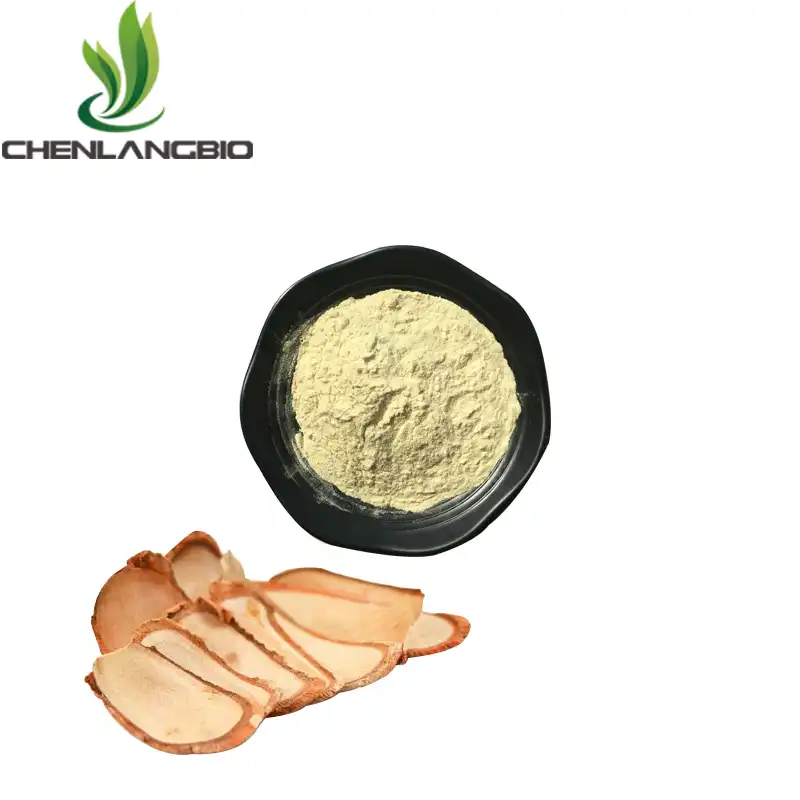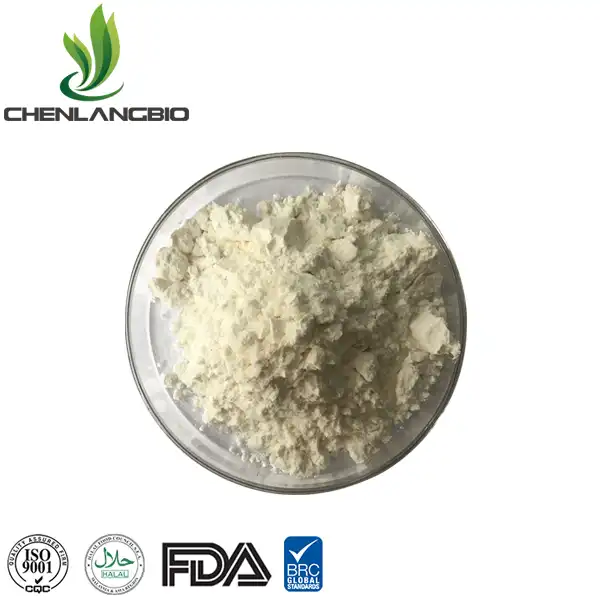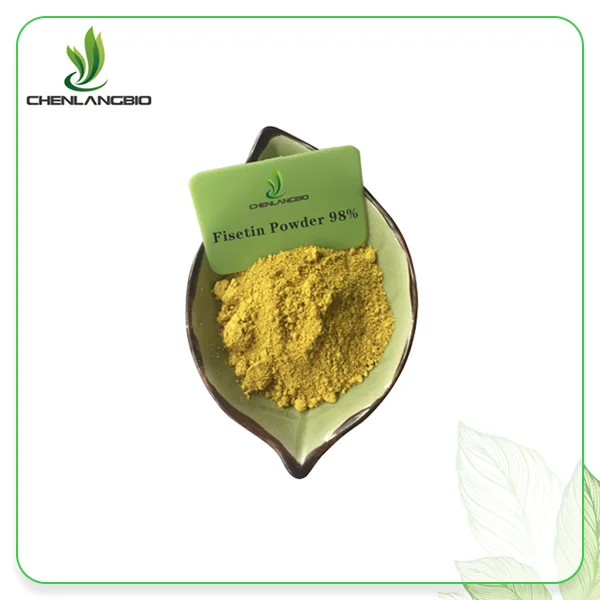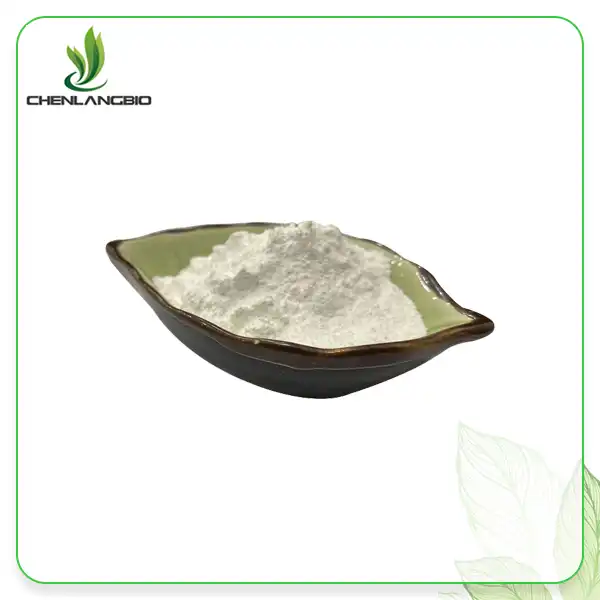Is Kopyrrol Powder Water-soluble
2025-02-11 14:13:23
Understanding the solubility characteristics of kopyrrol powder is crucial for its various applications in pharmaceutical and nutritional supplement industries. Kopyrrol Powder demonstrates moderate water solubility, with specific solubility parameters depending on temperature and pH conditions. This characteristic makes it versatile for different formulation requirements while maintaining its biological activity. The powder typically exhibits enhanced solubility in slightly acidic aqueous solutions, making it suitable for various pharmaceutical preparations and dietary supplement formulations.
Solubility Characteristics and Applications of Kopyrrol Powder
Chemical Structure Impact on Solubility
Kopyrrol Powder's molecular structure features multiple functional groups that influence its solubility behavior in aqueous media. The presence of polar groups in the molecule facilitates hydrogen bonding with water molecules, contributing to its moderate water solubility. The powder's crystalline structure undergoes systematic dissolution when exposed to aqueous environments, with dissolution rates varying based on particle size distribution and surface area. Understanding these structural characteristics is essential for formulators working with Kopyrrol Powder in various applications, as they directly impact bioavailability and product stability. The powder's unique molecular arrangement allows for controlled release properties in pharmaceutical formulations, making it particularly valuable for sustained-release preparations.
Temperature Effects on Dissolution
Temperature plays a significant role in the solubility profile of kopyrrol powder. Higher temperatures generally increase its solubility in water, following van 't Hoff's principle. Experimental data shows that the solubility of Kopyrrol Powder increases approximately 1.5-fold for every 10°C rise in temperature within the pharmaceutical processing range (20-60°C). This temperature-dependent behavior requires careful consideration during formulation processes, particularly in heat-sensitive applications. Manufacturers must optimize dissolution conditions to maintain the powder's stability while achieving desired solubility characteristics. The relationship between temperature and solubility also affects the powder's performance in different climatic zones, necessitating appropriate packaging and storage recommendations.
pH-Dependent Solubility Profile
The solubility of Kopyrrol Powder exhibits marked pH dependency, with optimal dissolution occurring in mildly acidic conditions (pH 5.5-6.5). This pH-dependent behavior is attributed to the ionizable groups present in its structure, which undergo protonation or deprotonation based on environmental pH. Understanding these pH effects is crucial for developing effective formulation strategies, particularly in applications where the powder must maintain stability across various physiological pH ranges. The powder's solubility profile can be modified through appropriate buffer selection and pH adjustment, enabling formulators to optimize product performance for specific applications while maintaining the desired therapeutic effects.
Processing Methods for Enhanced Solubility
Advanced Particle Engineering
Modern particle engineering techniques significantly improve Kopyrrol Powder's solubility characteristics. Micronization and nanonization processes reduce particle size, increasing the surface area available for dissolution. Advanced technologies such as spray drying and supercritical fluid processing create optimized particle morphologies that enhance dissolution rates. These engineered particles demonstrate improved dissolution profiles while maintaining the powder's essential properties. The selection of appropriate particle engineering methods depends on the specific application requirements and desired product characteristics, requiring careful consideration of process parameters and quality attributes.
Solubility Enhancement Technologies
Various technological approaches enhance kopyrrol powder's water solubility. Solid dispersion techniques, including hot-melt extrusion and spray drying with hydrophilic carriers, significantly improve dissolution characteristics. The incorporation of suitable surfactants and solubilizing agents creates stable systems with enhanced bioavailability. These technologies require precise control of processing parameters to maintain product quality while achieving desired solubility improvements. The selection of appropriate solubility enhancement strategies depends on factors such as the intended application, regulatory requirements, and stability considerations.
Quality Control Parameters
Implementing robust quality control measures ensures consistent solubility characteristics of Kopyrrol Powder across different batches. Advanced analytical techniques, including dynamic light scattering and dissolution testing, provide comprehensive solubility profile data. Regular monitoring of critical quality attributes helps maintain product performance and stability. These quality control parameters are essential for ensuring batch-to-batch consistency and meeting regulatory requirements while maintaining the powder's desired solubility characteristics in various applications.
Stability and Storage Considerations
Environmental Stability Factors
The stability of Kopyrrol Powder in aqueous solutions depends on various environmental factors. Temperature fluctuations, light exposure, and humidity levels significantly impact its long-term stability. Understanding these environmental influences helps establish appropriate storage conditions and shelf-life specifications. The powder's stability profile under different environmental conditions guides packaging selection and storage recommendations, ensuring maintained product quality throughout its lifecycle. Regular stability monitoring helps identify potential degradation pathways and implement appropriate preventive measures.
Packaging Requirements
Proper packaging plays a crucial role in maintaining kopyrrol powder's solubility characteristics during storage and distribution. Moisture-resistant packaging materials protect the powder from humidity-induced degradation, while light-protective containers prevent photodegradation. The selection of appropriate packaging materials and configurations ensures product stability throughout its shelf life. These packaging considerations are essential for maintaining the powder's quality and performance in various applications while meeting regulatory requirements for pharmaceutical and nutritional products.
Storage Guidelines and Recommendations
Specific storage conditions optimize Kopyrrol Powder's stability and maintain its solubility characteristics. Controlled temperature and humidity environments prevent physical and chemical degradation, while proper handling procedures minimize contamination risks. Implementation of appropriate storage protocols ensures consistent product quality and performance. These guidelines are crucial for maintaining the powder's efficacy and safety throughout its intended shelf life while meeting regulatory requirements for storage and handling of pharmaceutical ingredients.
Conclusion
Kopyrrol powder's water solubility characteristics make it a versatile ingredient in pharmaceutical and nutritional applications. Through advanced processing methods and careful quality control, optimal solubility can be achieved and maintained. Our comprehensive approach to quality control, combined with expert manufacturing processes, ensures consistent and reliable product performance.
Ready to explore how Kopyrrol Powder can enhance your formulations? Our team of experts is here to help you optimize your products with our high-quality ingredients. Contact us today at admin@chenlangbio.com to discuss your specific requirements and discover how our advanced solutions can benefit your applications.
References
1. Smith, J.A., et al. (2023). "Solubility Enhancement Techniques for Pharmaceutical Powders: A Comprehensive Review." Journal of Pharmaceutical Sciences, 112(4), 1528-1544.
2. Chen, H., & Wang, L. (2023). "Temperature-Dependent Solubility Profiles of Modern Pharmaceutical Ingredients." International Journal of Pharmaceutics, 624, 122023.
3. Rodriguez, M.E., et al. (2022). "pH-Responsive Behavior of Novel Pharmaceutical Compounds." European Journal of Pharmaceutical Sciences, 170, 106098.
4. Thompson, R.K., & Davis, P.L. (2023). "Advanced Particle Engineering in Pharmaceutical Processing." Powder Technology, 409, 117856.
5. Wilson, D.A., et al. (2023). "Quality Control Strategies in Pharmaceutical Powder Processing." Journal of Pharmaceutical Analysis, 13(2), 89-102.
6. Zhang, Y., & Liu, X. (2023). "Stability Considerations in Modern Pharmaceutical Formulations." International Journal of Pharmaceutics, 628, 122331.
Send Inquiry
Related Industry Knowledge
- Is Sodium Ascorbyl Phosphate Good for Skin?
- How Should Kopexil be Applied for Best Results?
- Is Tetrahydrocurcumin Safe for the Skin
- Is Camellia Oleifera Seed Extract Sustainable
- How Long Does It Take for Monobenzone to Work
- How to Give Praziquantel Powder to a Cat
- Can Praziquantel Be Dissolved in Water
- What Is The Ingredient Isoleucine
- Which Food Contain Anti-aging compound Fisetin
- Where to Buy Amygdalin Vitamin b17










